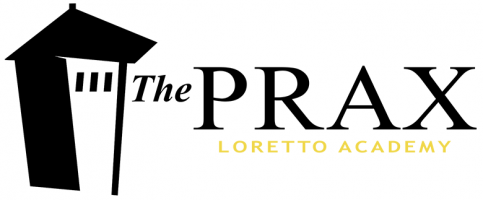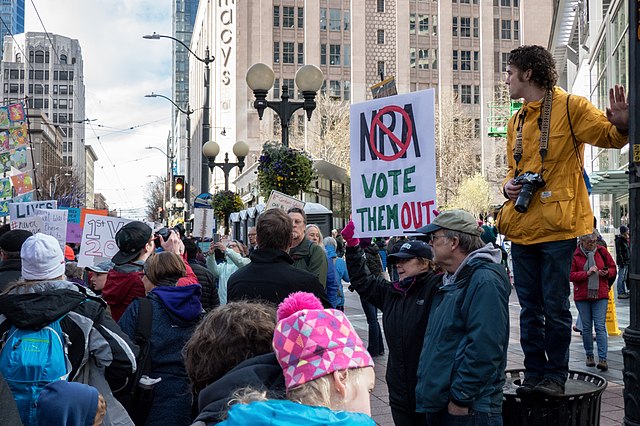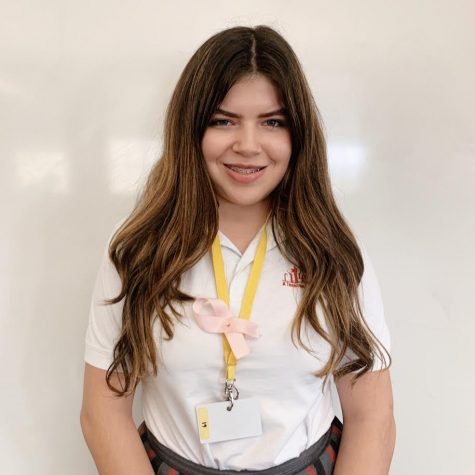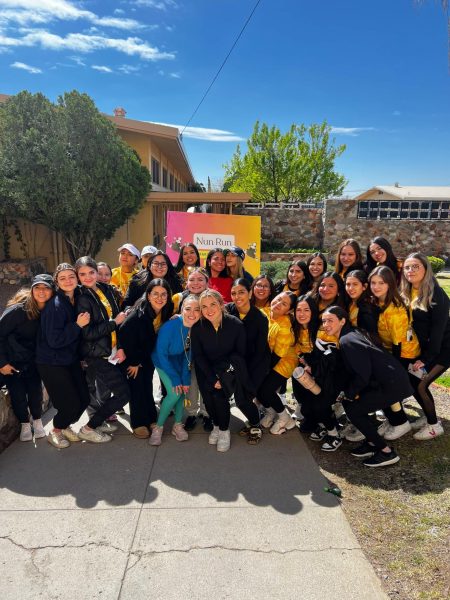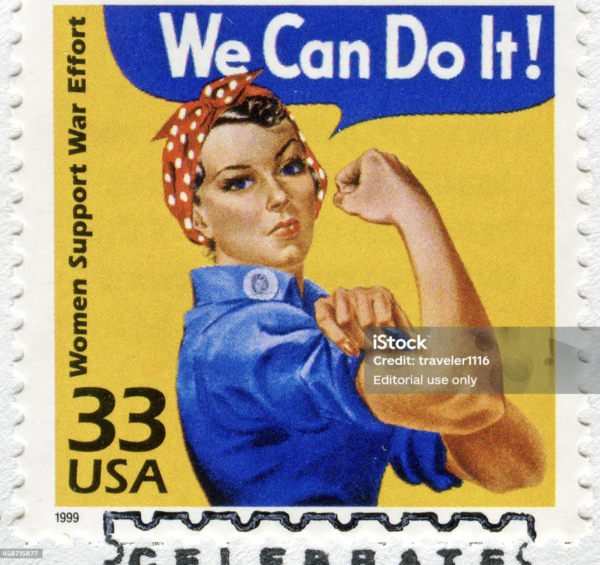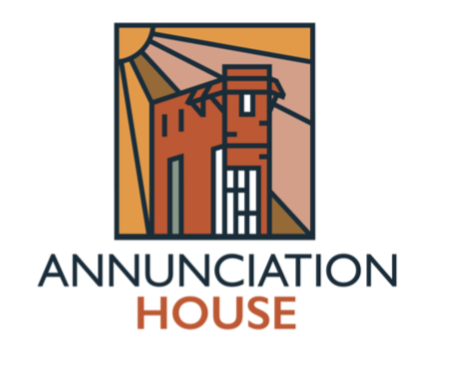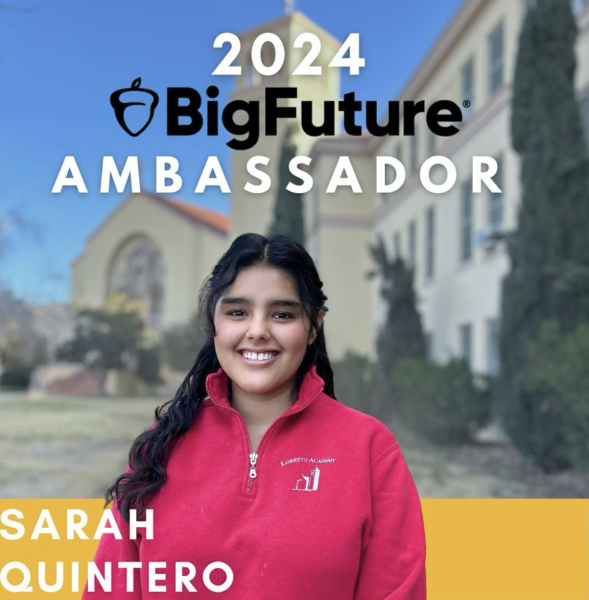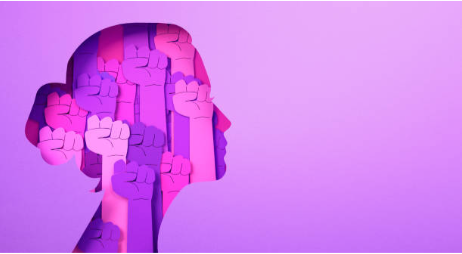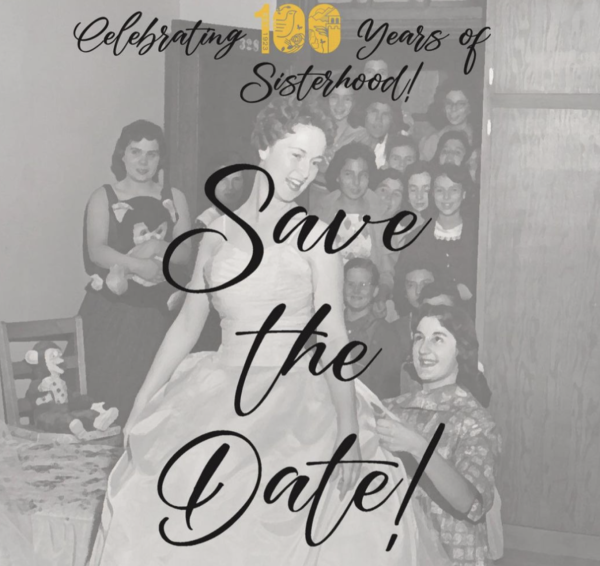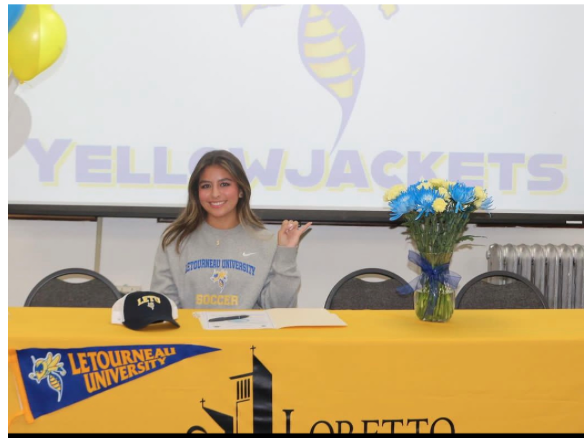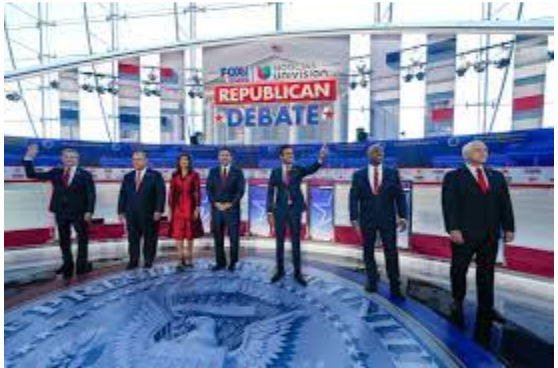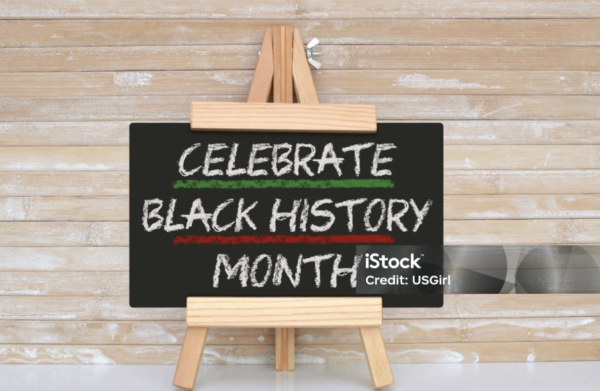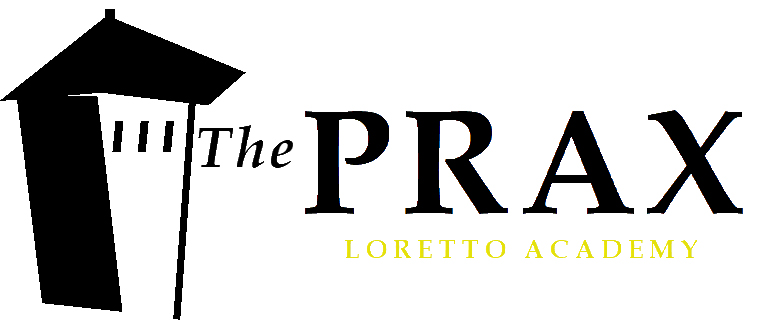March for Our Lives – 1 year later: what has changed?
March 4, 2019
February 14 was more than just a day filled with professions of love and distribution of chocolates and heartfelt notes, the day also marked the one year anniversary of the Marjory Stoneman Douglas High School shooting.
On Feb. 14, 2018, a teenage gunman opened fire at Marjory Stoneman Douglas High School in the seemingly calm town of Parkland, Florida.
The shooter would leave 17 people dead, wound 17 more, and traumatize countless more.
As the nation had endured the senseless tragedy that was the shooting at Sandy Hook Elementary in 2012, the horror of the Las Vegas massacre in 2017, and absorbed the news of the death of church worshippers in bunches, the nation held their breath that this time would be different.
And in a way, it was.
The shooting brought forth a group of traumatized and fed up high schoolers that would rise to create one of the biggest movement led by youth in American history: the March for Our Lives.
Even a year after the shooting, the town of Parkland, Florida still grieves for the loss of classmates, children, and friends.
For the parents of the deceased students, Feb. 14 was merely another hard day in a year full of hard days.
However, the movement that was born out of this tragedy created an impact in the lives of people across the nation.
After the Parkland shooting, many youth rose up to stand by the victim’s side and express their concerns about gun violence in America.
In a little less than a month, the youth organized a march in Washington that spread to thousands of chapters across the country, millions of people marched on Saturday, March 24, 2018 to not only remember the victims of gun violence but also stand for gun reform.
NPR reports that this past year reported that after the March for Our Lives, the NRA faced their most formidable opposition year yet.
Gun control has become a urgent issue among politicians as the escalating rates of senseless acts of violence proved to be a nationwide problem.
In 2019 alone, 50 shootings have taken place across the nation.
Across the country, teenagers braved intractable politicians, death threats, and their own traumas to pursue their mission.
Although it may have seem as though the country had hit “rock bottom” after suffering numerous tragedies like the Parkland shooting, the country was ready for a movement that was led by the youth.
In a way, the Parkland shooting engaged the youth into politics in a way that had never been done before; finally the youth were fighting for something they felt very real in their everyday lives: the right to feel safe at school.
After the 2018 March for Our Lives rally this past November showed a record number of youth voter turnout and exit polls showed “gun control” as voter’s fourth most important issue, according to the New York Times.
In the upcoming 2020 election, the Democratic party platform has shown the homogenisation of the left’s views in combating gun violence.
Gun control will be a critical issue in this upcoming election, as the results of the midterms proved Americans want action.
And yet, even though the movement began in a small town in Florida, it has brought hope to the entire nation that the road to change may not be so bumpy as it may seem.

